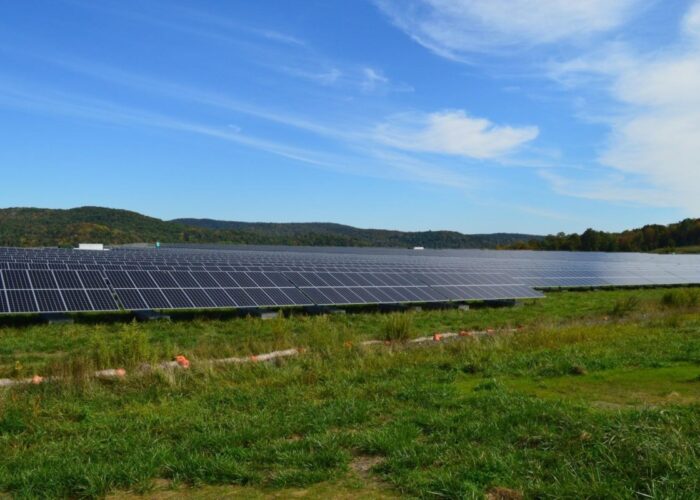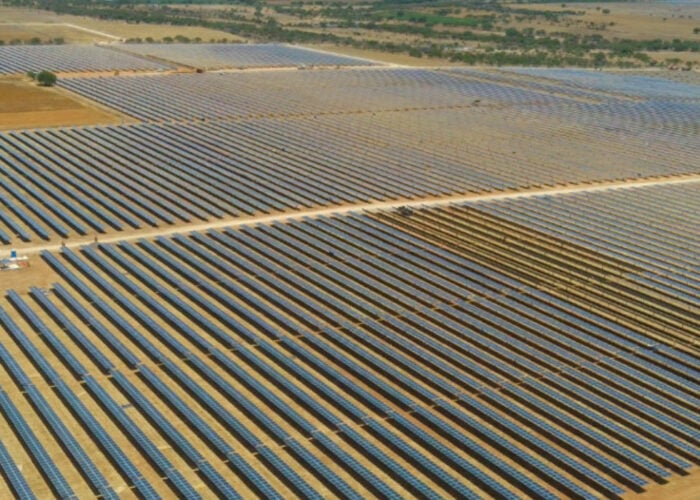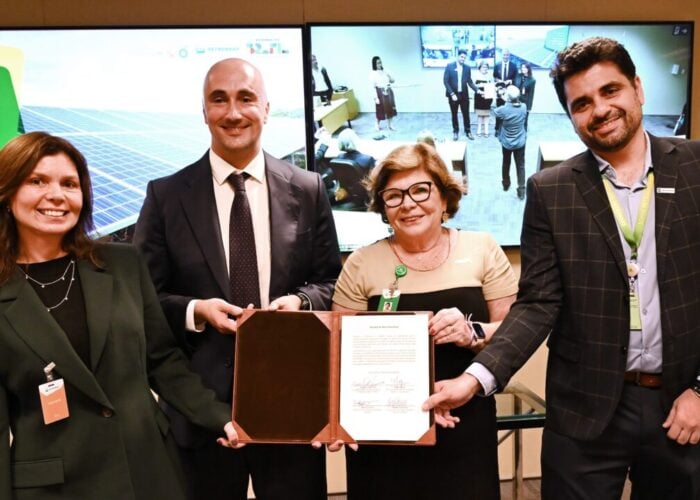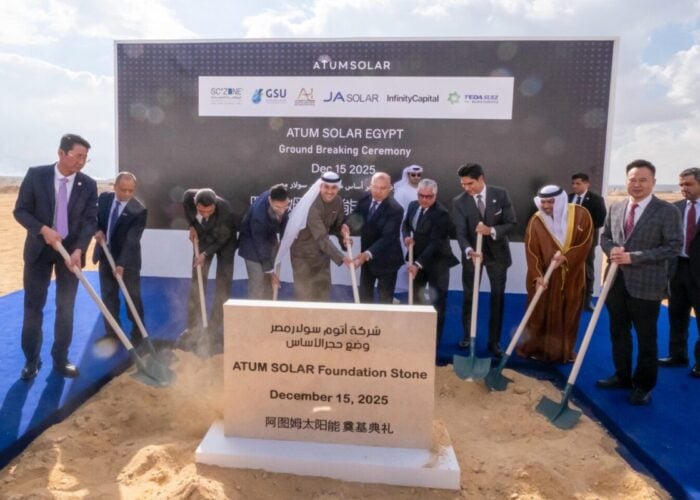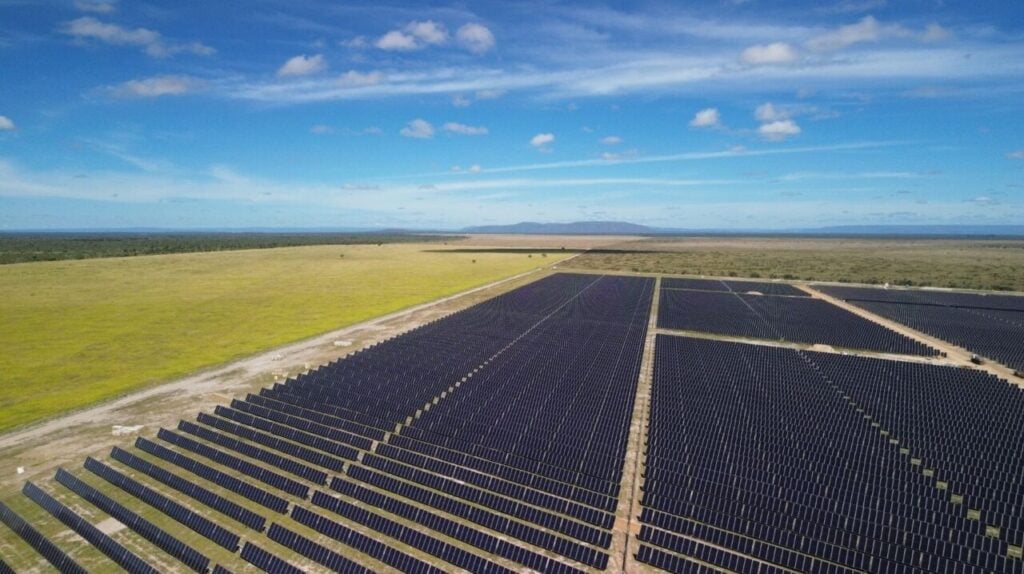
Latin America has the potential to unlock billions in clean energy investment if it aligns national policies with global sustainability goals and investor expectations.
This is according to a recent report from trade association SolarPower Europe (SPE). The report, Latin America: Solar Investment Opportunities, covers five major countries in the region, including Brazil, Argentina, Colombia, Mexico and Peru and as the title suggests, the investment opportunities in solar PV for the coming years.
Try Premium for just $1
- Full premium access for the first month at only $1
- Converts to an annual rate after 30 days unless cancelled
- Cancel anytime during the trial period
Premium Benefits
- Expert industry analysis and interviews
- Digital access to PV Tech Power journal
- Exclusive event discounts
Or get the full Premium subscription right away
Or continue reading this article for free
Brazil remains the leading country in the region in solar PV growth with more than 18.9GW of new capacity installed in 2024. For comparison, Colombia and Mexico each added 1.6GW of new solar PV capacity last year, while Argentina added 307MW.
“Argentina and Brazil, with their vast territories and strong solar irradiance, offer large-scale potential, particularly in underserved and remote regions,” says the report, adding that:
“Colombia and Peru are entering a new phase of energy diversification, where solar energy is being embraced to bolster energy security. Meanwhile, Mexico, with some of the highest solar potential in the world, is cultivating a solar sector that continues to attract both domestic and international capital, despite some regulatory challenges.”
The report concludes that “Latin America’s solar sector stands at a pivotal moment.”
Challenges still persist
However, as solar PV is becoming increasingly competitive and attractive in the five countries, common challenges still persist, according to the report. One of these challenges is related to infrastructure constraints, especially in transmission networks, which was also highlighted earlier this year by analyst Wood Mackenzie in a report covering the South American region. The other challenges are inconsistent regulatory implementation across jurisdictions and limited access to financing and risk mitigation tools.
Among the recommendations aimed at solving these bottlenecks – the report covers country-specific recommendations – are the improvement of permitting processes, harmonising regulations to boost the bankability of power purchase agreements and enabling battery energy storage systems (BESS) deployment. Both Brazil and Argentina have launched tenders for energy storage this year which could help boost the growth of the technology.
Rodrigo Sauaia, CEO of Brazilian trade association ABSOLAR and Chair of the Global Solar Council, said: “Latin America brings together extremely favourable conditions to accelerate the region’s sustainable energy transition. Countries like Brazil are showing positive signs in this direction, but there is still an important path ahead to consolidate solar power as a strategic driver of Latin American development.”
For more details on the five countries covered in the report, it can be accessed here.
Brazil to reach 100GW installed solar PV by 2029
In terms of solar PV, Brazil is without a doubt the leading market in Latin America, and is among the biggest markets globally.
At the end of July, Brazil add 59GW of solar PV installed, according to data from Brazilian trade association Absolar Forecasts for the coming years could see the country nearly double its installed PV capacity by 2029 with up to 107.6GW, from the report’s most optimistic scenario, and as shown in the chart below. Distributed generation would represent a majority of the capacity additions with nearly 60% of the 107.6GW forecast by 2029.
The potential for expanding Brazil’s electricity generation capacity is substantial. Data from the Brazilian Energy Research Office estimates over 2.8TW of solar energy potential, which only considers areas that have already been impacted by human activity.
In terms of solar energy yield, the northeastern and central regions, such as around the states of Fortaleza, Brasília, and Salvador, show the highest potential.
Furthermore, the report highlights a few recommendations to help solar PV’s growth in Brazil. Among the recommendations is the strengthening of incentives for solar PV, both for utility-scale and distributed solar; making grid connection procedures for large-scale solar more transparent and accessible or improving the financing conditions for the free market PPAs to match those in the regulated market.
RIGI to create more opportunities for renewables in Argentina
The implementation of the Incentive Regime for Large Investments (RIGI) is set to attract more opportunities for renewable energy in Argentina. Implemented last year, the initiative aims to attract foreign investment by providing regulatory stability, tax benefits and streamlined processes for utility-scale projects.
The report highlights other factors for the potential growth of solar PV in Argentina, including decreased cost of solar products making the technology competitive compared to traditional energy sources; increased energy demand; the solar market is attracting international investments or the development of energy storage to help address solar’s intermittency and improve grid stability.
Operational solar capacity in Argentina reached 1.93GW in May 2025 and is forecast to more than double in the coming years to 4.3GW by 2029. The country has seen support from the government for both utility-scale and distributed generation. A BESS tender was recently held in the capital, Buenos Aires, which registered 1.3GW of energy storage applications, as covered by our sister-site Energy-storage.news.
The country still relies heavily on fossil fuels, with natural gas representing nearly half of the 44.5GW of operational capacity at the end of 2024. The share of solar PV is only 3.9%, while all renewable energy accounted for 35% of share of electricity capacity in 2024.
Despite a low installed solar PV capacity, Argentina has a vast solar resource with high levels of irradiation in many regions. The most promising provinces to develop solar PV are located in the northwest and include the provinces of Jujuy, Salta, and Catamarca.

